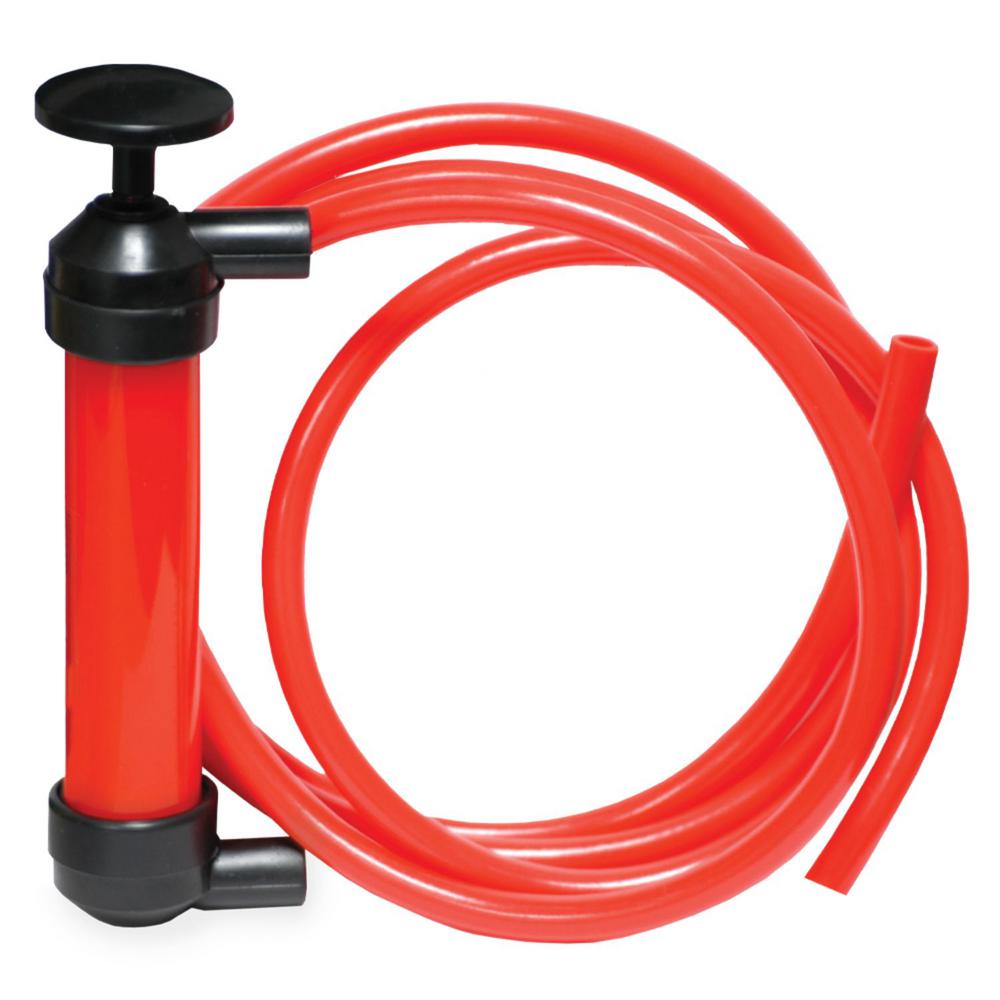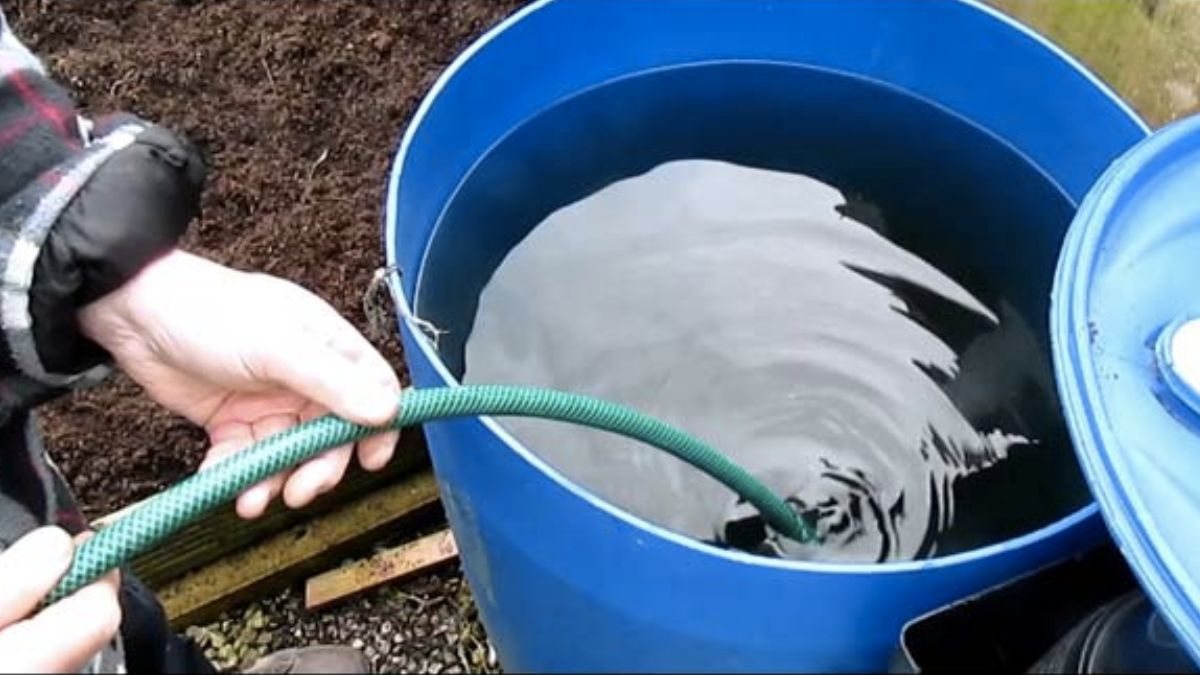Introduction
Have you ever encountered a situation where you needed to transfer water from one place to another, but without a convenient source of power or pump? The simple yet effective solution is to use a hose to siphon water. Siphoning is a gravity-based method that allows you to move fluids without using any external energy. In this comprehensive guide, we will delve into the world of siphoning, explaining its principles, providing step-by-step instructions, and sharing expert tips to make the process smooth and effortless.

Image: www.fascinatewithzea.com
Siphoning has been practiced for centuries and is often employed in various scenarios. Whether you need to drain a flooded basement, fill a water tank in a remote location, or even transfer liquids in a laboratory setting, siphoning offers a simple and inexpensive solution. So, without further ado, let’s dive into the fascinating world of siphoning and master this valuable skill.
Understanding Siphoning
What is Siphoning?
Siphoning is the process of transferring fluids from a higher elevation to a lower elevation using the force of gravity and the atmospheric pressure surrounding us. It works based on the principle that fluids tend to flow from an area of higher pressure to an area of lower pressure.
The Principle Involved
When you insert one end of a hose into a fluid at a higher elevation and the other end into a container at a lower elevation, creating an inverted “U” shape, the fluid starts to flow. As the fluid flows through the hose, it creates a vacuum at the higher end, allowing atmospheric pressure to push the fluid up. This continuous process creates a siphoning effect, causing the fluid to flow from the higher container to the lower one until the levels equalize.

Image: gardenhosezone.com
Step-by-Step Guide to Siphoning Water with a Hose
- Gather Your Materials: You will need a hose that is long enough to reach from the higher container to the lower one, as well as a small bucket or container for starting the siphon.
- Prepare the Hose: Fill the hose with water and seal one end by pinching it closed. Keep the sealed end above the water level in the higher container.
- Submerge the Hose: Carefully submerge the open end of the hose into the fluid in the higher container. Make sure the sealed end remains above the surface of the fluid.
- Break the Seal: Slowly release the seal on the higher end of the hose. This will allow water to flow into the hose and create the necessary vacuum. If the siphon doesn’t start immediately, repeat steps 2 and 3.
- Transfer the Fluid: Once the siphon is established, the fluid will continue to flow until the levels in both containers are equal. Keep a close eye on the process to ensure a smooth transfer.
Tips and Expert Advice for Effective Siphoning
- Use a Transparent Hose: A transparent hose allows you to monitor the flow of fluid and ensure the siphon is working properly.
- Prime the Hose: Before submerging the hose into the fluid, fill it with water to help create the initial vacuum.
- Avoid Kinks: Ensure the hose is free of any kinks or bends that could restrict the flow of fluid.
- Use a Check Valve: A check valve installed at the higher end of the hose can prevent the siphon from breaking if the open end is lifted above the fluid level.
- Maintain a Steady Flow: Once the siphon is established, adjust the hose’s position or height to maintain a steady and controlled flow rate.
FAQs on Siphoning
- Q: What is the maximum height difference that can be overcome using a siphon?
A: The theoretical maximum height is approximately 10.3 meters (34 feet) at sea level. However, practical factors such as hose friction and atmospheric pressure can reduce this height. - Q: Can liquids other than water be siphoned?
A: Yes, most liquids can be siphoned, including oils, fuels, and even certain chemicals. However, it is important to consider the compatibility of the fluid with the hose material. - Q: What are some common applications of siphoning?
A: Siphoning has various applications, including draining flooded areas, filling tanks and containers in remote locations, transferring liquids between vessels, and sampling liquids for analysis.
How To Syphon Water With A Hose
Conclusion
Siphoning is a simple yet powerful technique that allows you to transfer fluids with minimal effort. By utilizing the principles of gravity and atmospheric pressure, you can master this valuable skill and tackle various water-related tasks efficiently. Remember to follow the steps outlined in this guide and apply the expert tips provided.
If you have found this article informative and would like to further explore the topic of siphoning, we invite you to continue reading and engaging with our website. Share your experiences or ask additional questions in the comments section below. Together, let’s delve deeper into the fascinating world of siphoning and unlock its practical applications.

/GettyImages-1303637-two-way-mirror-57126b585f9b588cc2ed8a7b-5b8ef296c9e77c0050809a9a.jpg?w=740&resize=740,414&ssl=1)



